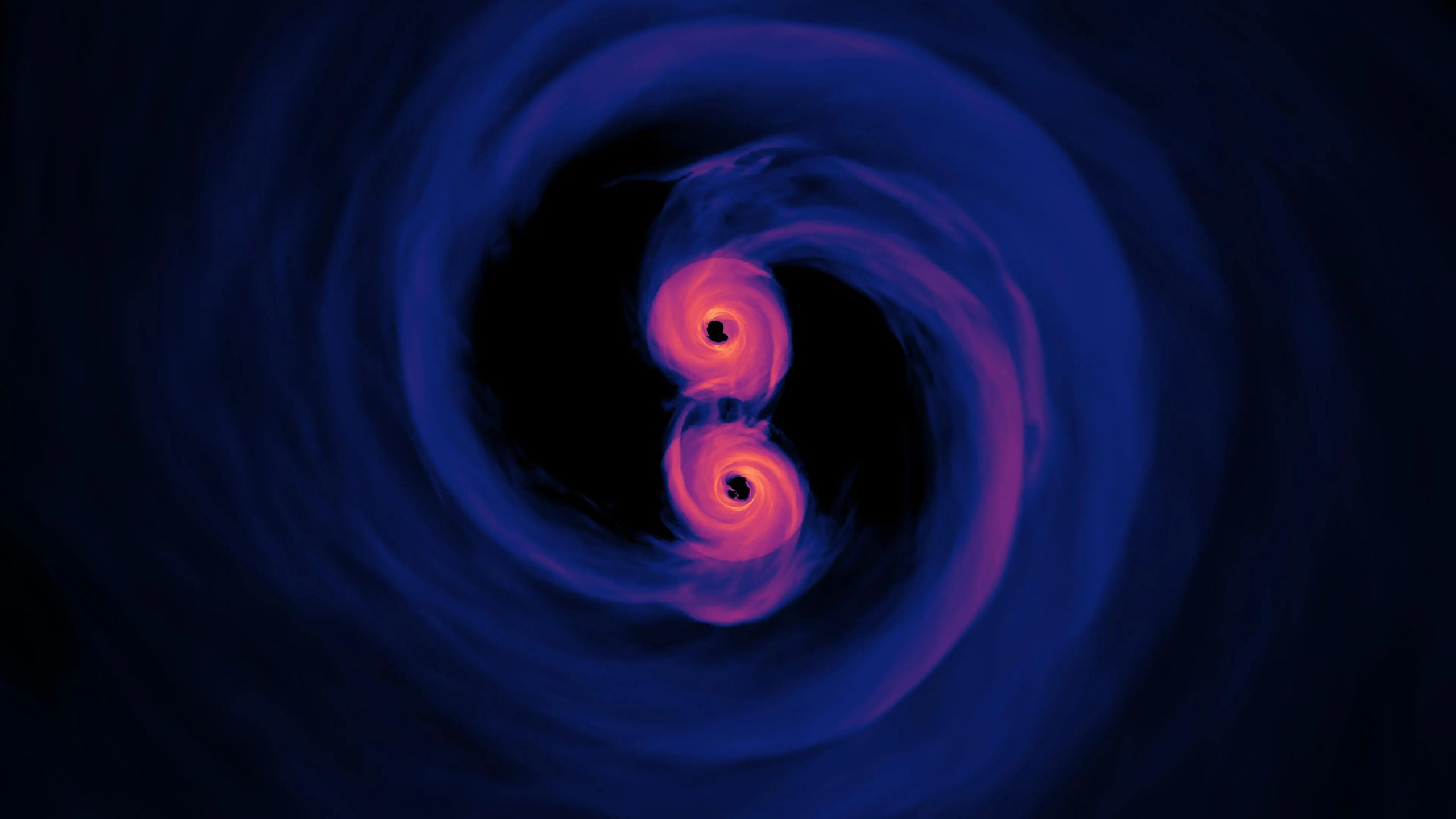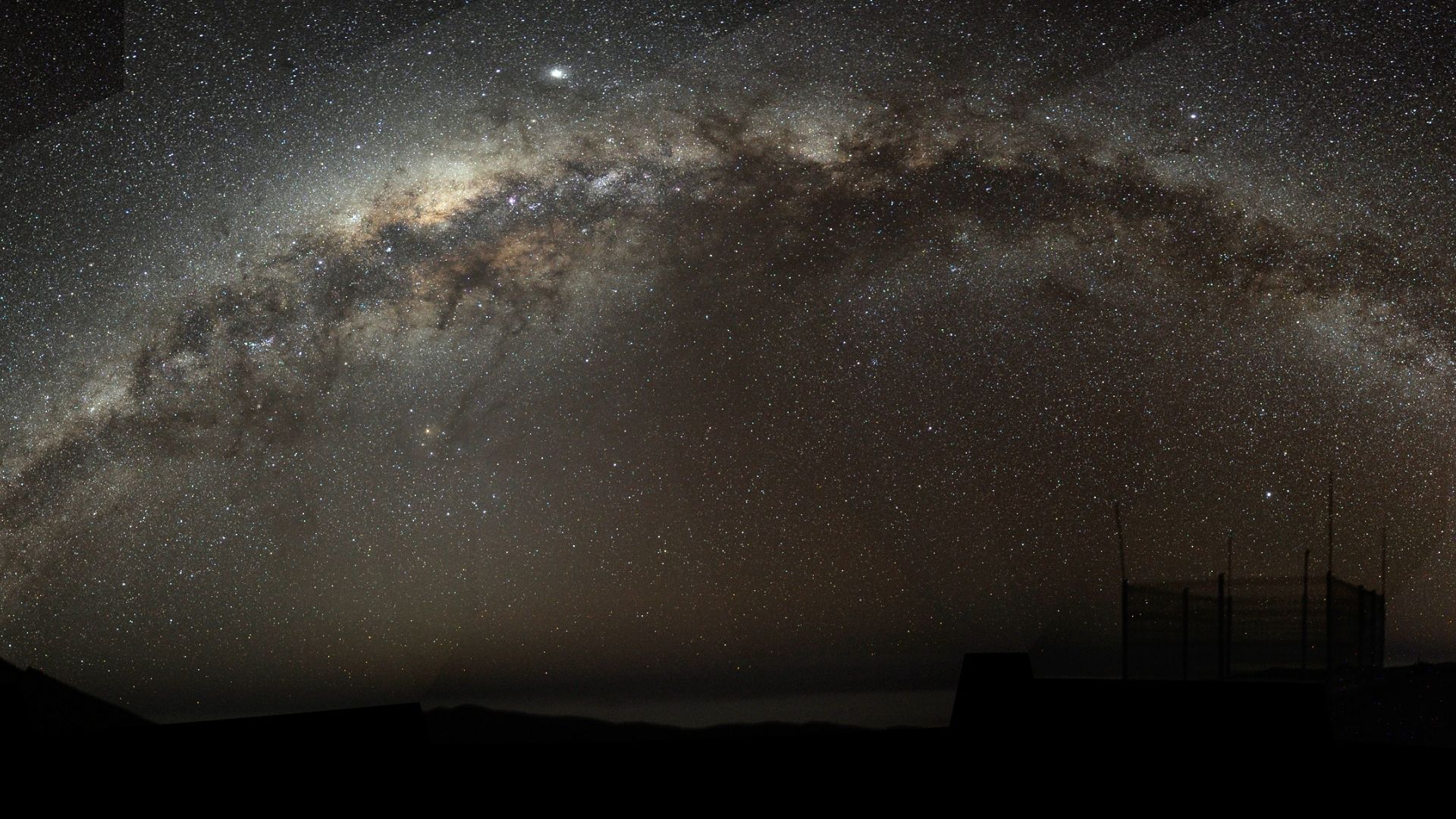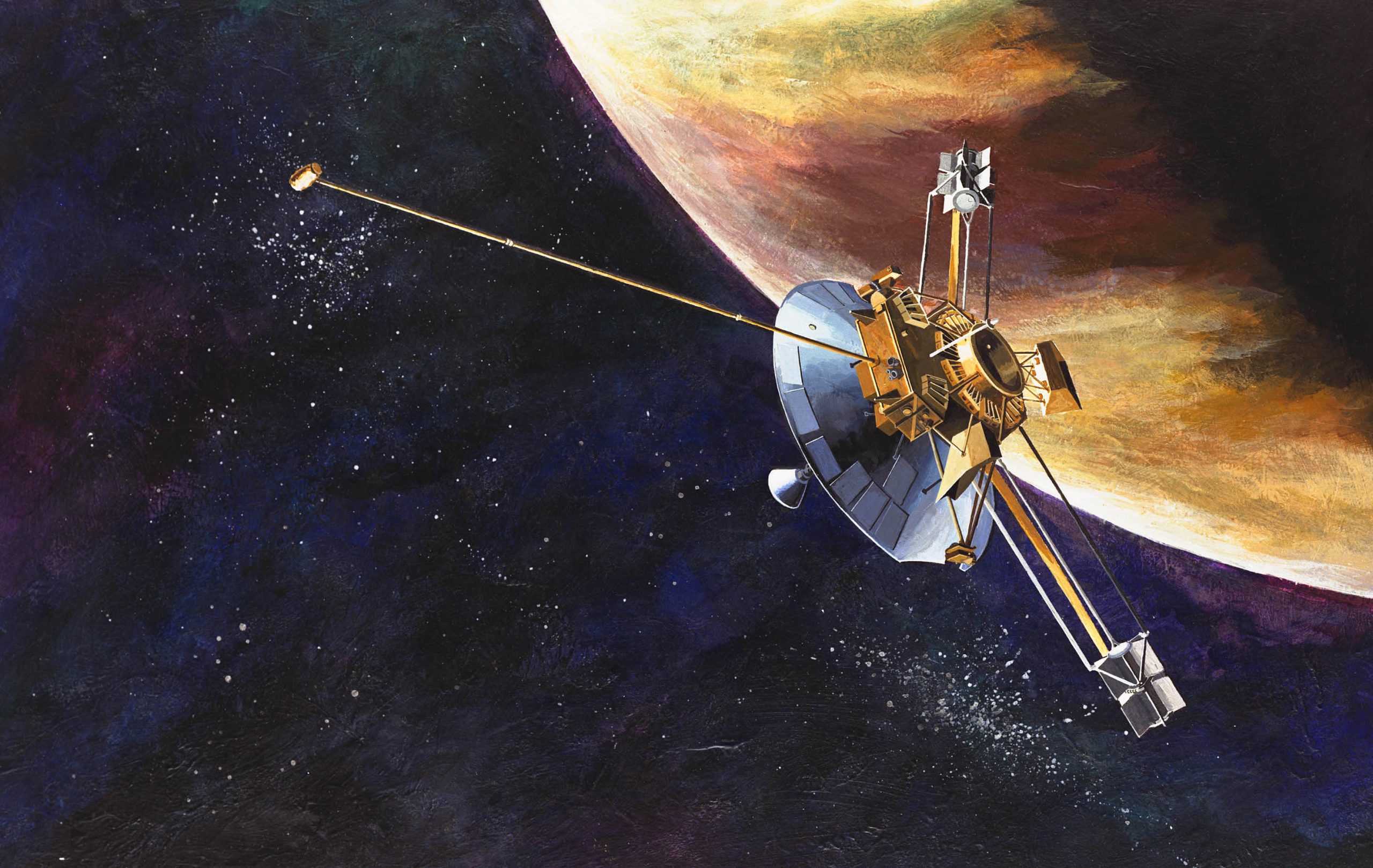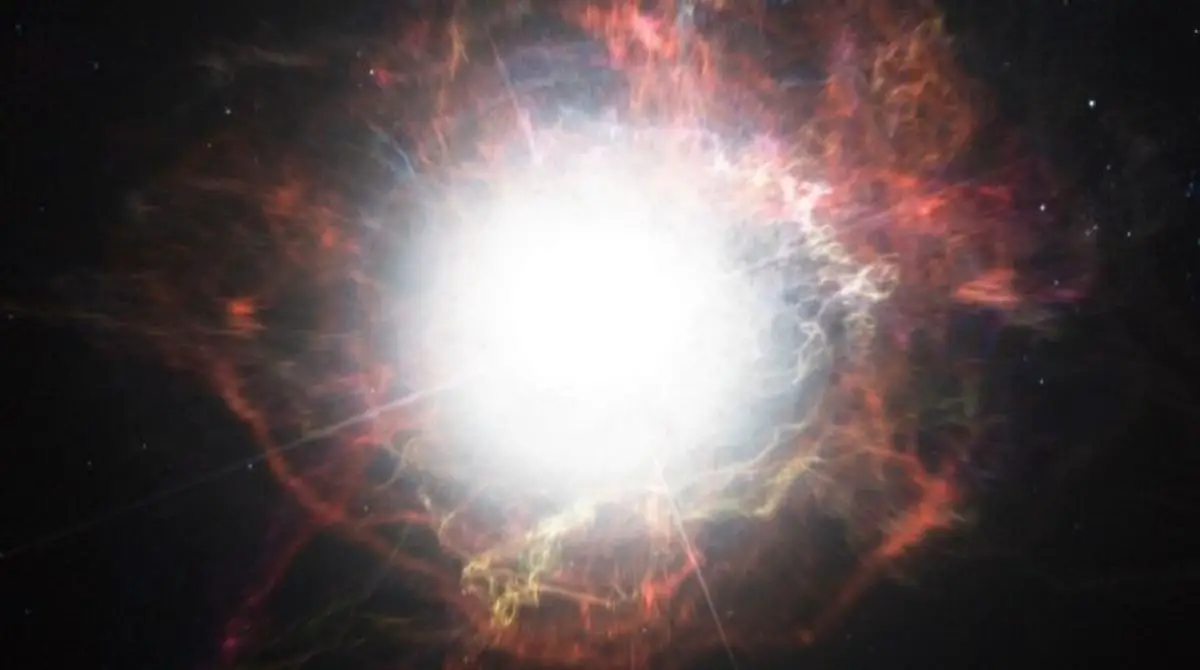A black hole was kicked out of its galaxy at a staggering 3 million mph.
Key Takeaways:
- Scientists found strong evidence that a black hole was ejected from its galaxy after a lopsided merger.
- The newly formed black hole is speeding through space at 3 million mph, likely never to return.
- Unequal black hole mergers create an imbalance in gravitational waves, leading to high-velocity “kicks.”
- This discovery changes how we understand black hole evolution and galaxy formation.
- Future space-based observatories like LISA could help detect even more extreme black hole ejections.
________
For the first time, astronomers have found strong evidence that a black hole was ejected from its galaxy due to an unbalanced merger event. A study led by Vijay Varma of the Max Planck Institute for Gravitational Physics, published in Space.com, analyzed gravitational waves from the event GW200129 and found that the newly formed black hole was launched into space at a staggering 3 million mph (4.8 million kph).
How a Black Hole Gets Kicked Out
When two black holes orbit each other, they emit gravitational waves, carrying away energy and momentum. This process brings them closer until they collide and merge into a single, larger black hole. However, if the merging black holes have unequal masses or spins, the gravitational waves they emit become asymmetrical, creating a recoil effect that can “kick” the newly formed black hole in the opposite direction.
The merger event GW200129 provided the first clear evidence of such a powerful recoil. The team discovered that the black hole’s final speed was high enough to likely exceed the escape velocity of its host galaxy, meaning it could now be roaming through the universe alone.
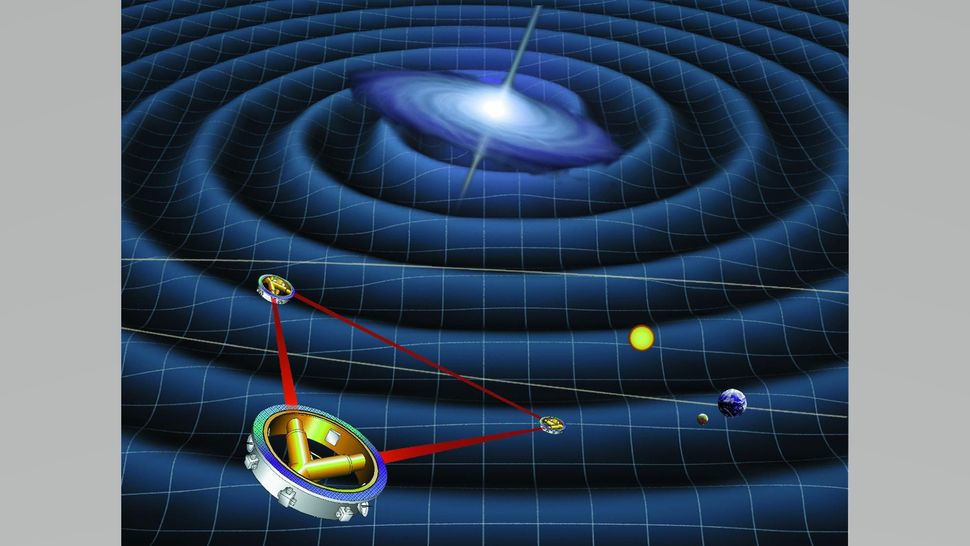
Implications for Black Hole Evolution
This discovery has major implications for our understanding of black hole formation. Supermassive black holes, like Sagittarius A* at the center of the Milky Way, grow through repeated mergers. If black holes are frequently ejected, it raises questions about how supermassive black holes manage to accumulate mass over time.
Astronomers also suggest that a similar process could occur when galaxies merge, possibly leaving behind a galaxy without a central black hole. While current gravitational-wave detectors like LIGO and Virgo can observe stellar-mass black hole mergers, future space-based missions such as LISA may be able to detect similar events involving supermassive black holes.
Although scientists cannot pinpoint the exact location of GW200129’s host galaxy, the extreme speed of the black hole strongly suggests it has been ejected. If so, it is now wandering the cosmos as a rogue black hole, providing a fascinating glimpse into one of the universe’s most extreme phenomena.
The research is described in a paper published May 12 in the journal Physical Review Letters.
